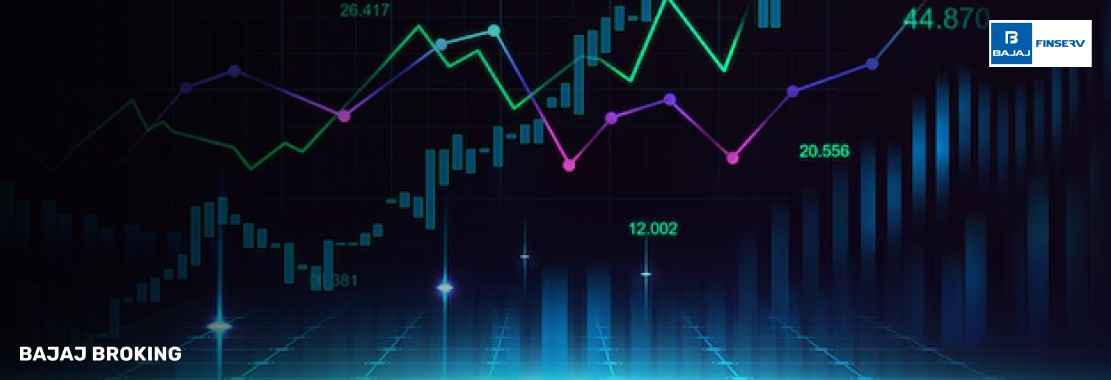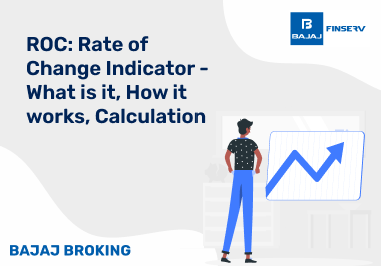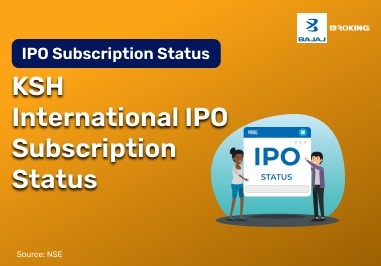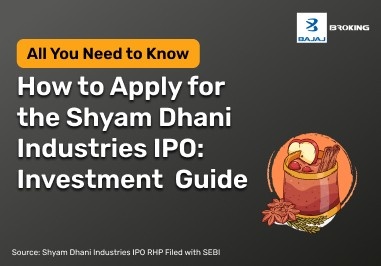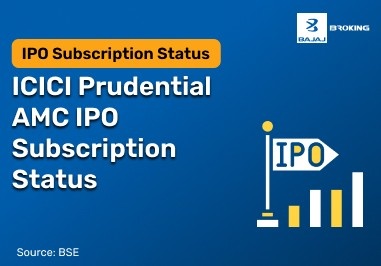If you’ve been trading options for a while — or even if you’re just starting out — you’ll know there’s a lot more to success than simply guessing the direction of the market. You can’t just “have a feeling” and hit buy or sell. Options are tricky, and you need tools that help you cut through the noise. That’s where indicators come in.
When you use the right indicators, you’re not just staring at a chart hoping it makes sense. You’re reading the story behind the price — where momentum is building, where sentiment is shifting, and where you might have an edge.
In this guide, I’ll walk you through the useful indicators for options trading, how they work, and how you can start using them right away to shape your strategy.
What Are Options Trading Indicators?
Think of indicators as your market dashboard. They’re technical tools that take price, volume, and time data and turn them into something easier to read. They won’t tell you exactly what will happen (nothing will), but they’ll help you spot the conditions where a trade makes sense — and where it doesn’t.
Whether you’re trading intraday, using a margin trading facility (MTF), or building long-term positions, indicators give you structure. They help you decide when to enter, when to exit, and when to just sit tight and do nothing.
Popular Indicators for Options Trading
There are dozens of indicators out there, but you don’t need them all. Here are the ones worth knowing — and how you can actually use them.
Relative Strength Index (RSI)
RSI measures how fast and how far prices have moved. Readings above 70 often mean “overbought” (a potential pullback is near), while readings below 30 suggest “oversold” (a bounce might be coming). If you’re timing entries and exits, RSI is a must-watch.
Bollinger Bands
Bollinger Bands wrap price in an envelope of volatility — a middle moving average and two outer bands. When price pushes outside the bands, it’s often a sign of extreme movement and a possible reversal. Perfect for spotting breakout and pullback setups.
Intraday Momentum Index (IMI)
If you trade intraday, IMI is your friend. It blends RSI with candlestick analysis to show short-term overbought/oversold levels. This can help you avoid chasing moves that are about to reverse.
Money Flow Index (MFI)
MFI is like RSI with a volume twist. It measures buying and selling pressure by factoring in both price and volume. Great for seeing if a move is backed by strong participation or if it’s just a weak push.
Put-Call Ratio (PCR)
PCR tells you about market sentiment by comparing the number of puts traded to calls. High PCR? The crowd’s leaning bearish. Low PCR? More bullish vibes. If you like trading against the herd, this is one to track.
Open Interest (OI)
OI shows the total number of outstanding contracts. Rising OI often means a trend is getting stronger. Falling OI can signal that a move is running out of steam.
Exponential Moving Average (EMA)
EMA gives more weight to recent prices, so it reacts faster to changes than a simple moving average. If you’re trading short-term moves, EMA is a quick way to see the prevailing trend.
Volume-Weighted Average Price (VWAP)
VWAP shows you the average price a stock or option has traded at during the day, weighted by volume. If the price is above VWAP, buyers are in control; below VWAP, sellers have the upper hand.
Additional Read: What is William %R Indicator
Choose the Right Indicator for Your Trading Style
Here’s the thing — there’s no “right” indicator for everyone. If you’re an intraday trader, you’ll probably rely on RSI, IMI, and VWAP. If you swing trade, you might lean on EMA, Bollinger Bands, and MFI. And if you’re a longer-term options trader, OI and PCR could be more valuable.
The key is to test them. See which ones give you clear, actionable signals. Combine them in ways that fit your personality and your risk tolerance.
Conclusion
Options trading isn’t about throwing darts at a chart — it’s about making decisions you can defend. Indicators won’t make you profitable on their own, but they’ll give you a structured way to think about your trades.
Whether you’re trading intraday with an MTF account or building long-term options positions, knowing how to read RSI, Bollinger Bands, VWAP, OI, and the rest gives you a huge edge. Start small, learn how each one behaves, and build a toolkit that works for you.
